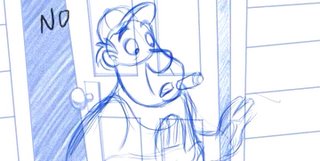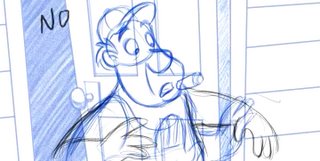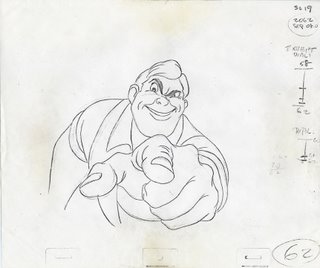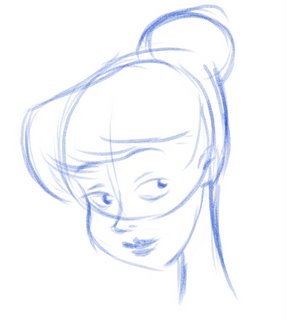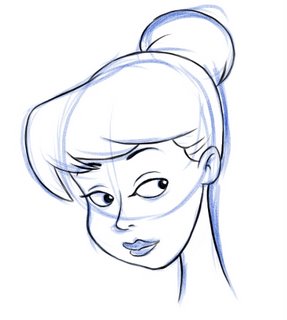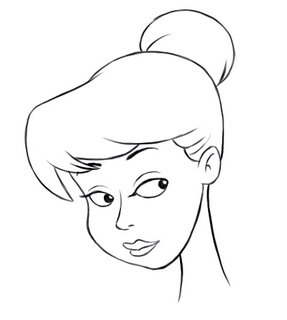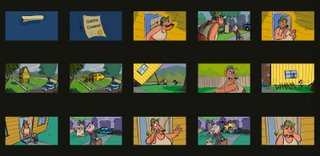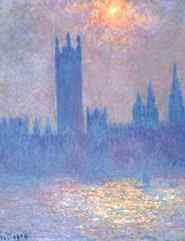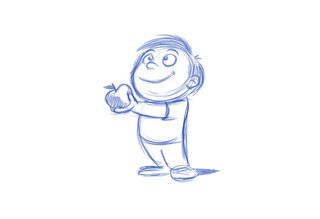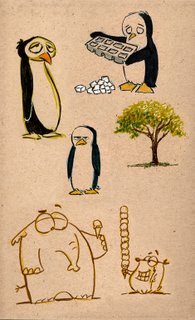Adapting to Digital
 Teaching a class in using digital media to replace traditional means has shown me how much creatures of habit we humans tend to be. The students that pick up the process fastest are those who have been using software for a while. The menus and interface become easier when you already have a sense of how computer software works. But there is one area that everyone has a hard time and that's adapting your work habits to unfamiliar software.
Teaching a class in using digital media to replace traditional means has shown me how much creatures of habit we humans tend to be. The students that pick up the process fastest are those who have been using software for a while. The menus and interface become easier when you already have a sense of how computer software works. But there is one area that everyone has a hard time and that's adapting your work habits to unfamiliar software.The drawing above was done to mimic pastel on paper. When I did it I had to adjust how I would usually work with pastels. The blending was very different and getting different looks for the edge of the pastel took a bit of tweaking. However once I got the technique down it went smoothly. I have had animators ask about using an x-sheet in Mirage (my software of choice for my film). They wonder how I am able to do my animation without a traditional x-sheet. In a sense I do have one, it's the timeline. It only takes a different way of thinking about the x-sheet to make it work. I still think the same way about my planning and animating. The only difference is how I place them on the timeline instead of an x-sheet.
Being in the digital world means I do have to think differently about the numbering on my drawings. Digital work requires sequential numbering so skipping numbers can be a problem. Once the drawings are done or if you've figured out your timing already you can place your key drawings at your chosen frames. So essentially you are numbering like on an x-sheet.
I find most often though that I do my animation by timing and feel so all I really need to know is how many inbetweens are needed to get my desired timing and action but not the drawing numbers.
Adapting to the medium that is the hardest to overcome. To do that you have to be willing to accept change. If you approach new software by wondering why it works the way it does you will have a more difficult time. Mastering software is done by mastering how it allows you to get your desired results.






